Do you want to start with object-oriented programming in PHP? It's very important that you first set up a suitable development environment. This environment helps you run PHP scripts locally on your computer without having to upload them to a web server every time. In this guide, you will learn which software you need and how to install it.
Key insights Choosing the right development environment is crucial for efficient work with PHP. You can either use the free MAMP for Mac or XAMPP for Windows to run PHP scripts locally and work with a database.
Step 1: Choosing and Downloading the Software
First, you need to decide which software you want to use. For Mac users, I recommend MAMP. This software includes Apache, MySQL, and PHP in a user-friendly installation. You can find the free version on the MAMP website. There, you simply select the version for your operating system and download it.
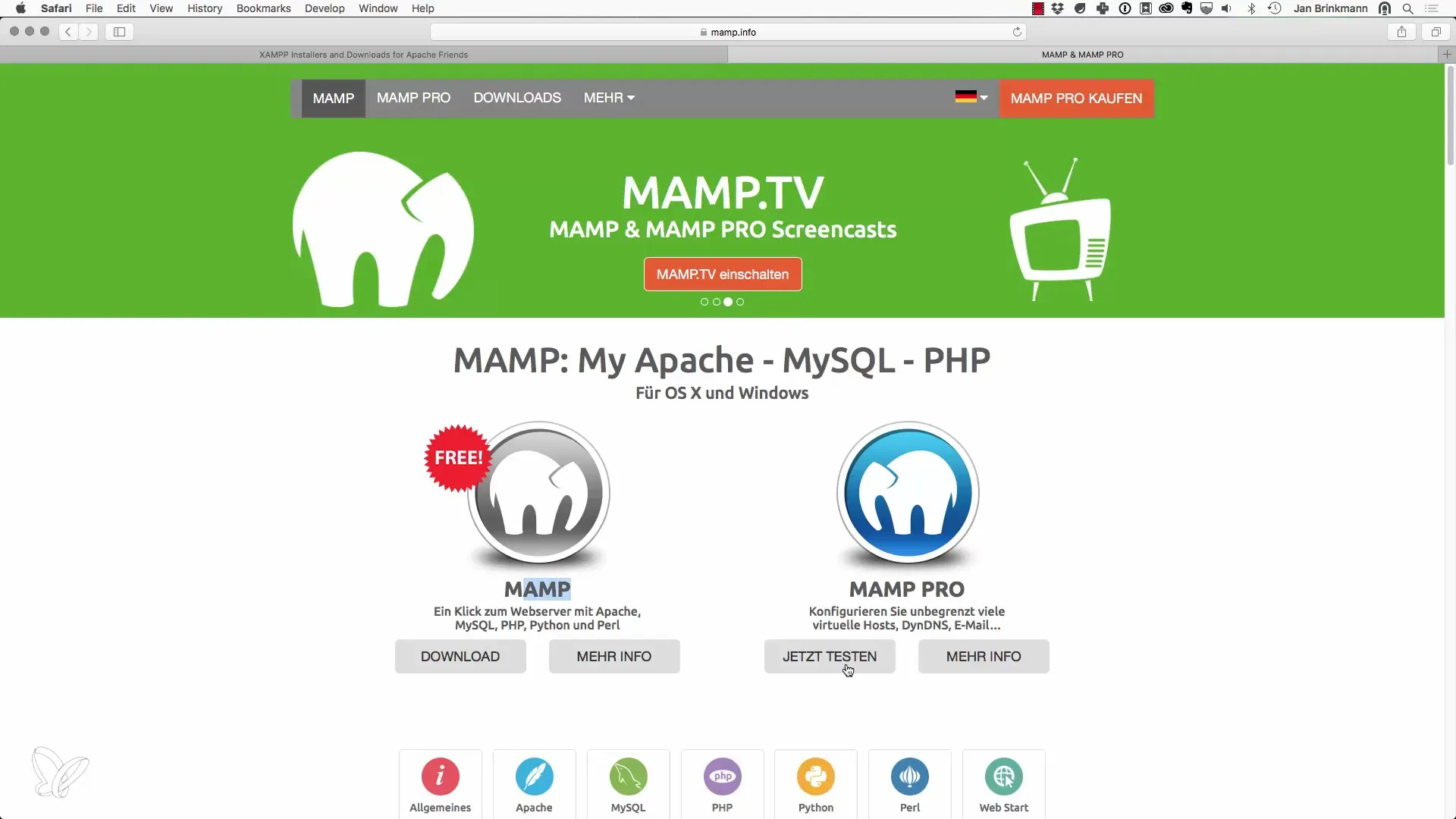
For Windows users, XAMPP is a popular alternative. Here too, you get a complete solution with Apache, MySQL, and PHP, and you can download the software for free from the official website.
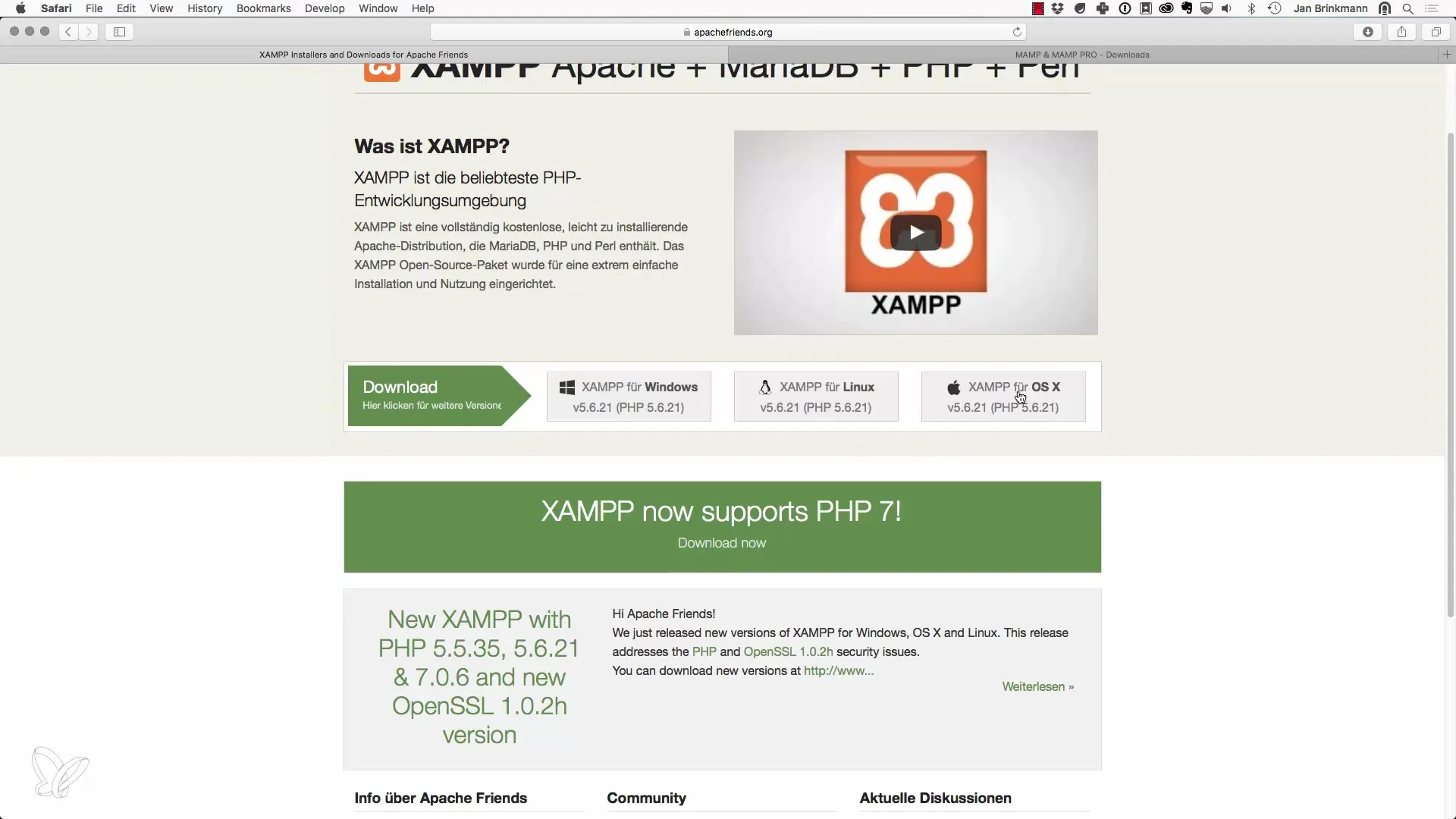
Step 2: Installing the Software
After downloading the software, open the file by double-clicking it. An installation wizard will start, guiding you through the process. Usually, you just need to agree to the settings and confirm the installation.
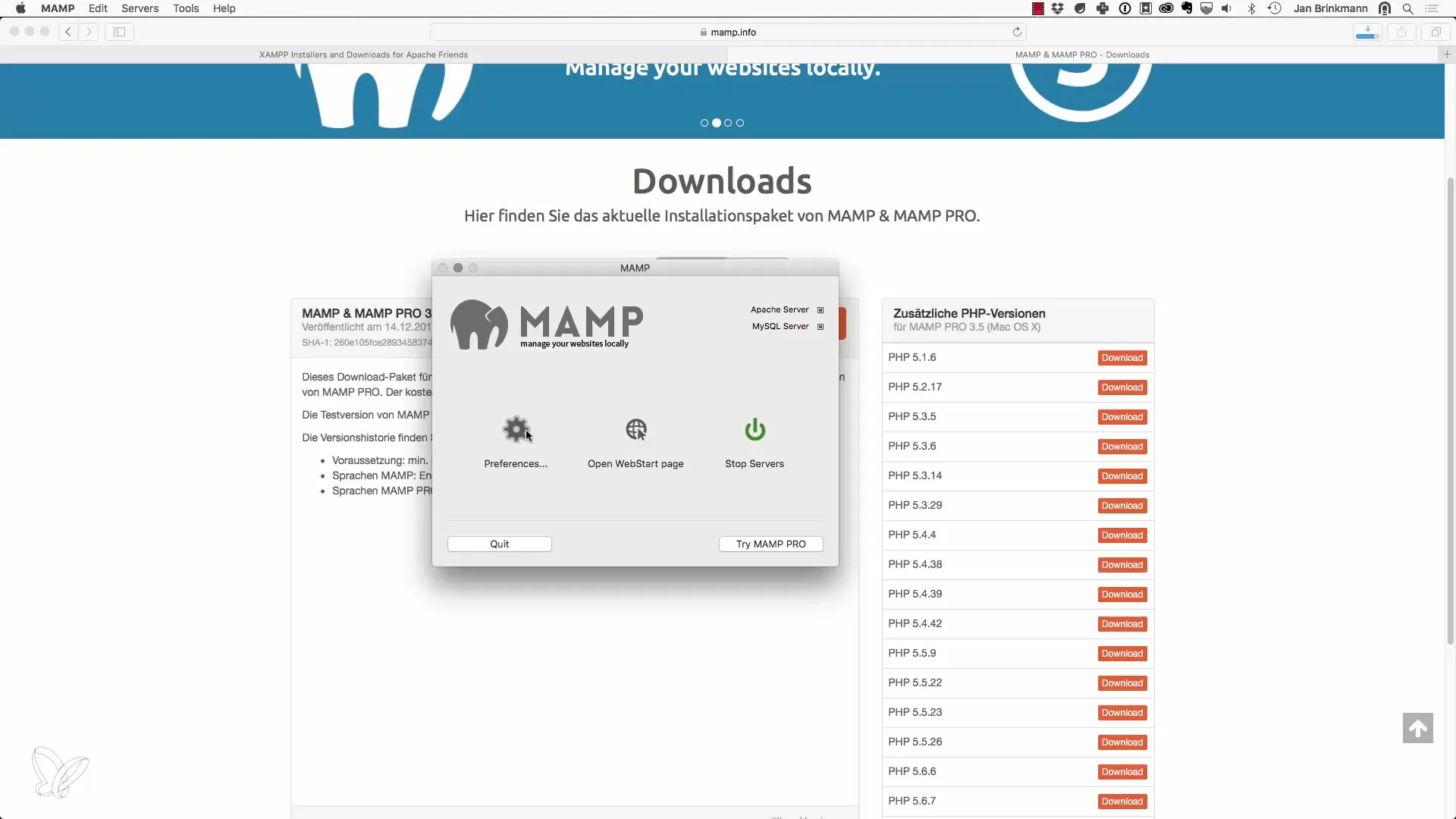
If you are using MAMP, after installation, open the software and go to the settings to configure the web server. It is advisable to use the default ports 80 (for HTTP) and 3306 (for MySQL), so you can simply enter “localhost” in your browser.
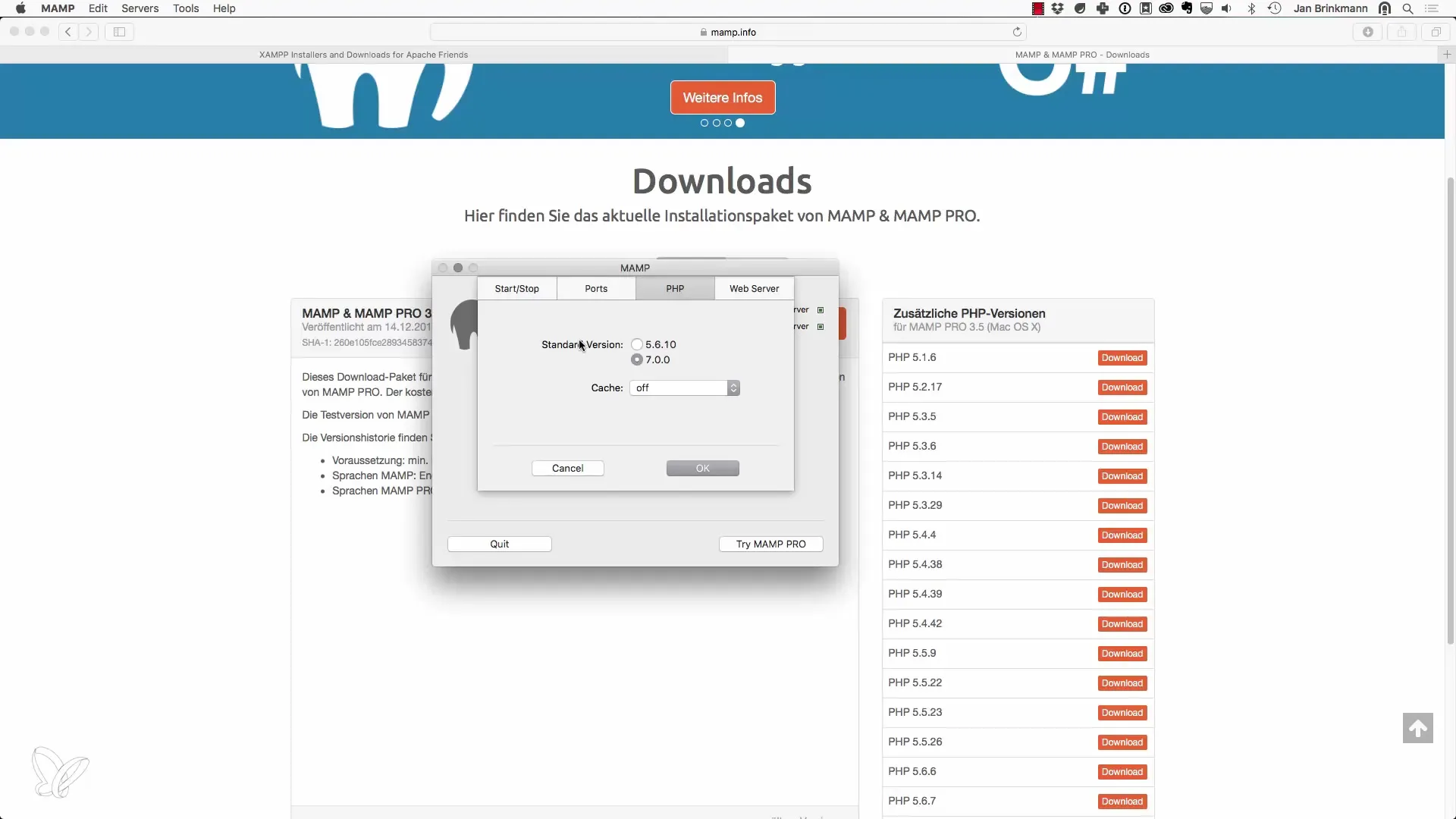
Step 3: Configuring the Server Settings
Once the software is installed and started, look for the “Preferences” in MAMP. Here you can adjust the web server settings under the “Ports” section. By setting port 80 for the Apache server, you simplify access to your local server.

Make sure that the Document Root points to the directory where your PHP projects are located. This is often the directory where you will store your scripts.
It's important to set the Document Root correctly; otherwise, you will have trouble accessing the scripts correctly in the browser.
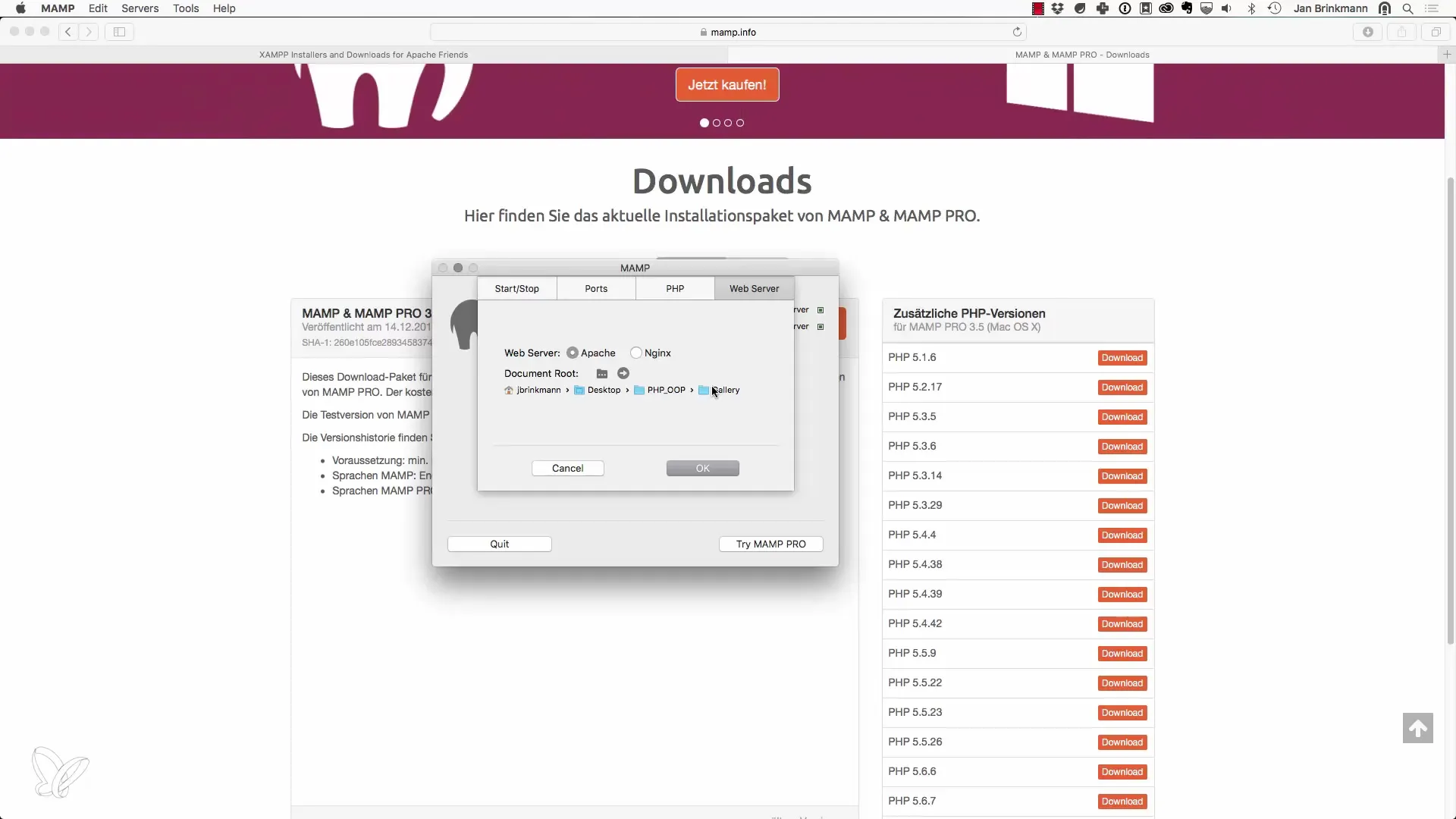
Step 4: Testing the Installation
To ensure that everything is working correctly, open your browser and enter “localhost” in the address bar. If everything is installed correctly, you should see the homepage of MAMP or XAMPP. If you see this page, you have successfully set up the development environment.
Step 5: Using the Development Environment
Now you can start working with PHP. You can create your first script by creating a.php file in the Document Root directory. For example, try out Hello World scripts to ensure that the web server responds correctly to your PHP files.
For further development and the next project, we will use the image gallery as a practical example. Make sure to set the corresponding directory for this gallery in the Document Root so that you can access it via “localhost”.
Summary – Setting up a Development Environment for Object-Oriented Web Programming with PHP
Installing your development environment is the first step to successful projects in PHP. Choosing between MAMP and XAMPP, the easy installation, and the correct configuration are central elements that allow you to run and test PHP scripts locally.
Frequently Asked Questions
How do I download MAMP or XAMPP?You can download the software for free from the official websites.
Can I use MAMP on Windows?No, MAMP is specifically for MacOS; on Windows, you can use XAMPP.
Which ports should I set for MAMP?Set port 80 for Apache and 3306 for MySQL.
How do I test if the software is installed correctly?Open your browser and go to “localhost”. If the homepage appears, the installation is successful.
Where do I store my PHP scripts?In the Document Root directory you set in the settings of MAMP or XAMPP.


